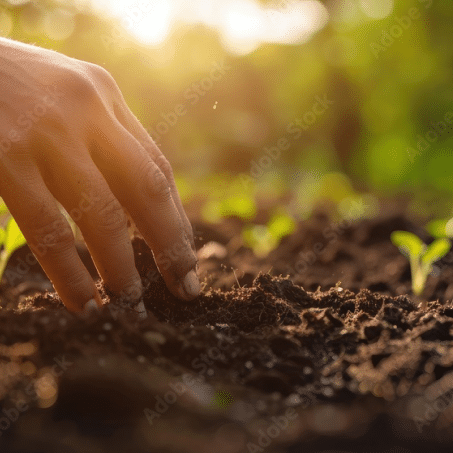Unravelling the Differences Between Compostable and Biodegradable
Making Eco-Friendly Choices
Making Eco-Friendly Choices
In an era of increasing environmental awareness, sustainable alternatives to everyday products are gaining momentum. Two terms that often pop up in discussions about eco-friendly options are “compostable” and “biodegradable.” While both concepts strive to reduce our carbon footprint, they possess distinct characteristics and impacts on the environment. In this blog, we’ll dive into the nuances that set compostable and biodegradable apart, helping you understand the differences between the two!

While both compostable and biodegradable options aim to reduce our ecological footprint, understanding their differences is crucial to making responsible choices. Compostable products align well with composting systems, contributing to nutrient-rich soil, while biodegradable materials might not always yield the same level of environmental benefit. As consumers, it’s essential to be discerning, look for credible certifications, and consider disposal methods when opting for eco-friendly alternatives. By making informed decisions, we can all contribute to a more sustainable planet.
Want to know more about how our packaging solutions can help your business with its goals? Fill in the form and we’ll get back to you as soon as we can.